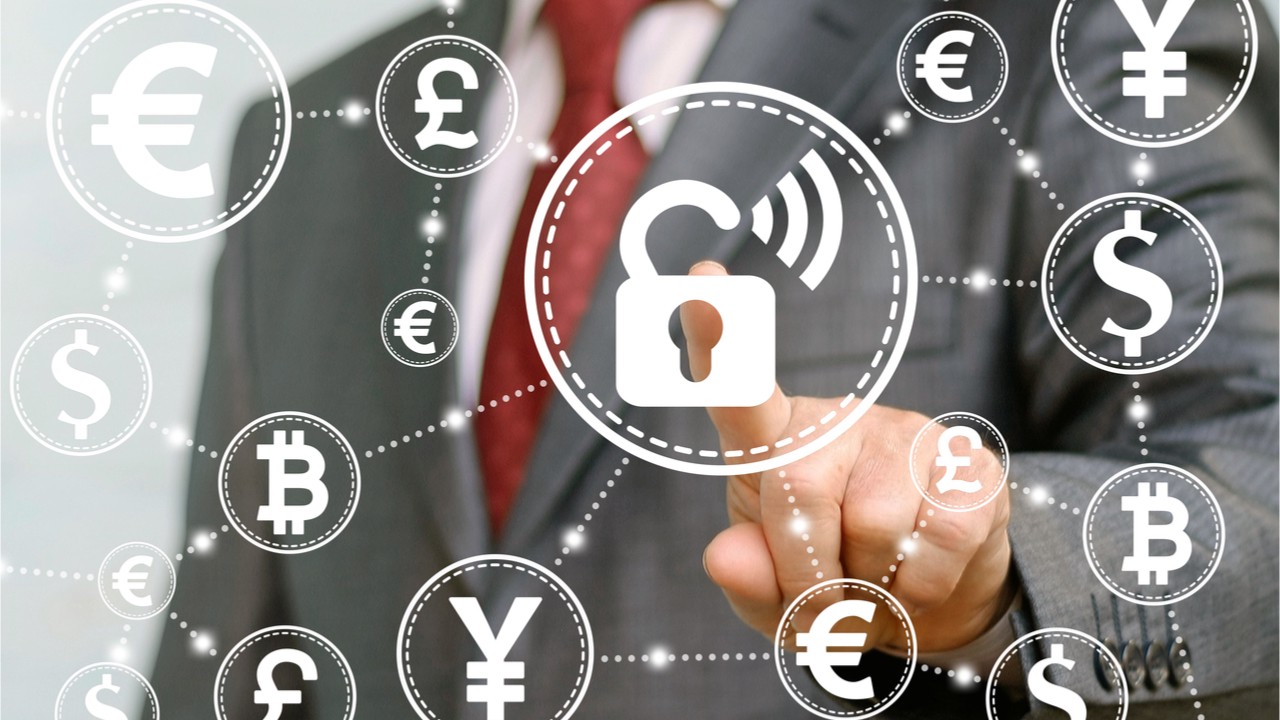By investing money in a strong and diversified investment portfolio and approaching investments with a long-term view, you can increase your capital. An investment portfolio is a collection of exchange-traded instruments that will help you achieve your financial goals.
Crypto assets are becoming more and more popular – tokenized stocks, bonds, and other securities and financial instruments.
Asset tokenization, which is the digital reflection of real assets in distributed ledgers or the release of traditional asset classes in a tokenized form in the digital field, is part of the revolutionary potential of blockchain technology. A token issued in relation to a particular type of asset (share in a business, right to a service, or product) is a new asset type in the digital field. You can tokenize any class of assets, both illiquid and liquid – stocks, debt instruments, metals, intellectual property, real estate, etc.
At the moment, there is no unified classification system for tokens. Traditionally, Utility (“useful” or “product”) tokens and Security (“investment”) tokens are distinguished, as well as coins (Payment tokens) or cryptocurrencies, which are considered to a lesser extent in this article. Such concepts are used, for example, in the terminology of the US Securities and Exchange Commission (SEC):
- utility tokens;
- security tokens offering;
As per Swiss Financial Markets Authority (FINMA) they are:
- asset tokens;
- utility tokens;
- payment tokens.
Security tokens
Right now, this type of token could be the next big thing in crypto once regulators around the world come to their senses and decide how to define cryptocurrency. Security tokens are responsible for a phenomenon known as “tokenization” – a process that helps turn real assets like real estate into digital tokens.
Let’s say as an investment you want to buy part of an apartment in New York, but not the whole apartment, because it is too expensive. You can do this by purchasing digital assets that can be easily split.
Security tokens have been around for quite some time, but their use requires a lot of proper regulation and standardization. Therefore, we have heard little about them.
Now let’s look at the basic functionality of tokens:
- stored in a cryptocurrency wallet;
- shared with other users. Tokens are controlled by smart contracts, which allow the transfer of assets to another person;
- issued by anyone, with the setting of certain parameters: name, symbolism, cost, and the total number of coins issued;
- token holders can not only receive any services for it. People can be empowered to vote and actively participate in the further development of the company;
- used as a means of payment between participants in a particular system;
- serves as a digital asset. For example, by purchasing a token, you have the right to own the company’s digital product.
What is asset tokenization, and why is it important?
Given the lack of a unified classification of crypto assets, the market defines tokenization in several different, sometimes conflicting, ways. Tokenized assets are often confused with digital assets themselves, such as bitcoins or central bank digital currencies, and some experts argue that issuing tokenized securities is the next generation of ICOs.
Token types
At the moment, there is no unified token classification system. However, the US Securities and Exchange Commission (SEC) and the Swiss Financial Markets Authority (FINMA) are taking steps in this direction.

Both organizations divide tokens into two broad categories:
- Security token offering INX is similar to securities to a certain extent.
This category of tokens gives the right to receive underlying assets, dividends, as well as the right to interest payments. In terms of their economic function, they are similar to stocks, bonds, or derivatives. - “Utility” tokens – give access to the services provided by the project.
This category of tokens gives access to goods and services that will be launched on the project in the future. In addition, these tokens can be used to obtain a discount or premium access to the goods and services of the project. - Another category worth highlighting is referred to as “real” cryptocurrencies or “Payment tokens” – this type of token has its own blockchain and is often viewed as a means of payment.
Compared to utility tokens, security tokens provide certain guarantees that investors will be compensated if the project fails or simply misses. Accredited investors have the opportunity to buy security tokens after the launch of the project. Although in this case there are also risks because the investor does not invest in the coins themselves but in the prospect of making a profit from them in the future. Examples of security tokens include DigixDAO, Siafund, Taas.
However, there is one significant difference between the SEC and FINMA: while the SEC focuses on matching tokens with securities, FINMA focuses on the economic functions of tokens.
The role of tokens for a company is securities or useful securities. The role of tokens for a company is securities or useful securities. Usually, they are transferred to investors, in the case of utility tokens – Initial Coin Offerings (ICOs), and for investment security tokens – the offer of the Security Token Offering (STO)
The four most common mistakes aspiring crypto investors make
- Utility tokens are not investment vehicles. Despite this, many investors buy utility tokens in the hope that their price will rise due to the growing demand for goods and services provided by the project. However, the growth in the price of these tokens is often speculative, which makes it unprofitable to invest in them.
- Selection of tokens, the price of which does not correspond to the cost of the provided functions. For example, the token provides 1 GB of free space in the cloud storage for 5 dollars, although the same amount in the storage organized in the traditional way can be purchased for only $1.
- Buying tokens without taking into account the fact that the project can issue different types of tokens. For example, Kairos has two types of tokens: investment and utility tokens. This variability can complicate investment decisions.
- Purchase of tokens, in the economy of which there are no mechanisms of value formation and which have no external factors of growth.
Three recommendations
- It is necessary to analyze the type of token and its economy before making investment decisions.
- It is always important to remember that the price of a token is based on basic principles of economics, such as the law of demand and fair value.
- It is advisable always to understand the base and current value of the token and its potential price if all targets are achieved.
Conclusion
Tokens classified as securities usually provide investors with another option for receiving dividends, as well as profits and voting rights, as is the case with the ownership of shares in publicly traded companies.
In summary, the security token offering is a great tool to enhance the security of a company: the larger your network, the higher your need for token-based data protection.
The password is becoming less and less reliable in the fight against unauthorized hacking and data loss, and tokens are becoming more and more relevant every day, which is also associated with the widespread use of remote access.





